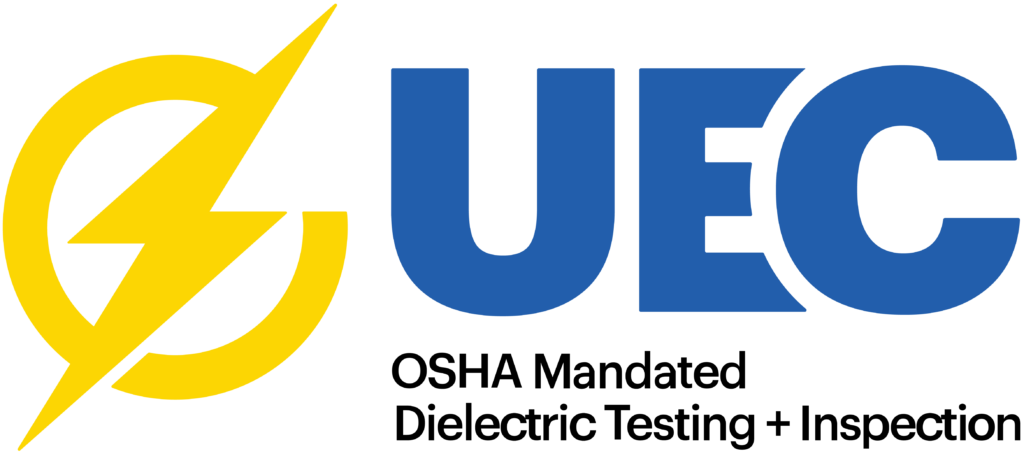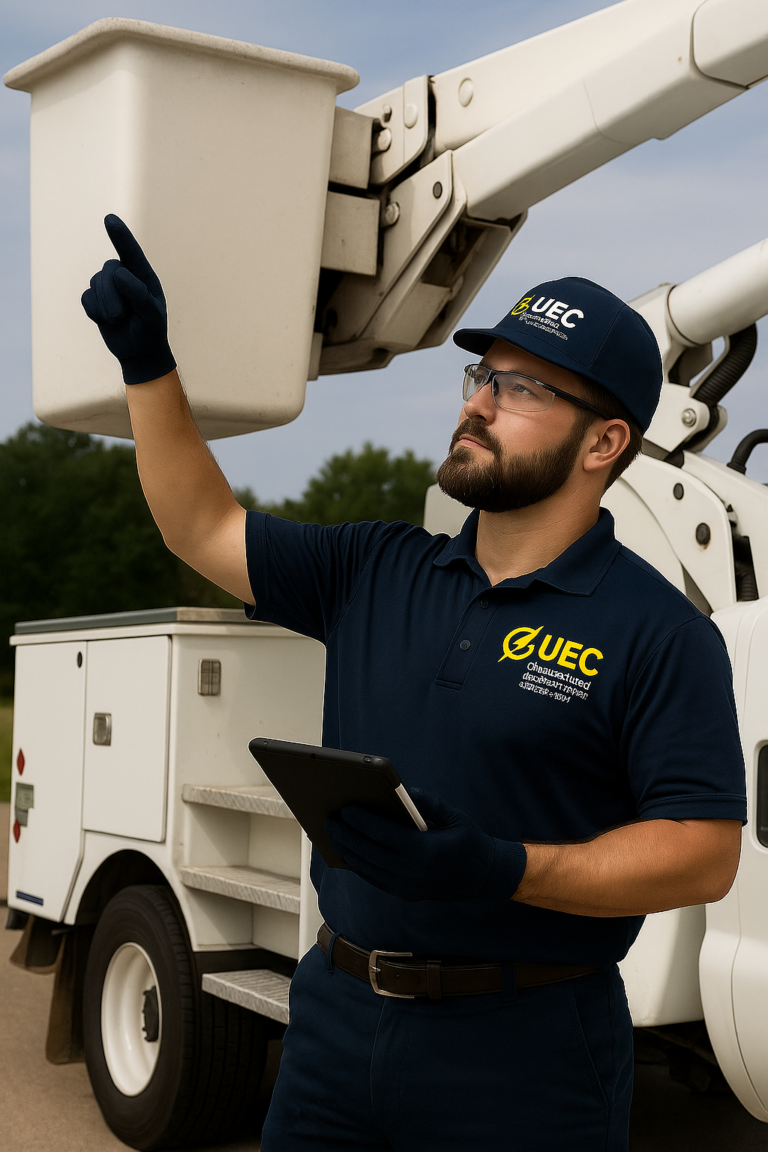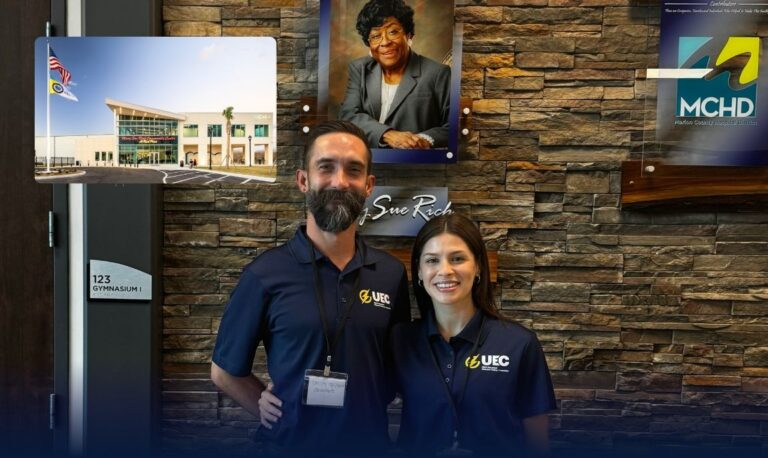Aerial lifts are invaluable tools in industries ranging from construction to utilities. However, their misuse can lead to serious accidents, injuries, or even fatalities. To mitigate risks, the Occupational Safety and Health Administration (OSHA) has established clear guidelines and standards for the safe operation of aerial lifts. In this blog post, we’ll explore the critical safety points outlined by OSHA and how they can help protect workers on the job.
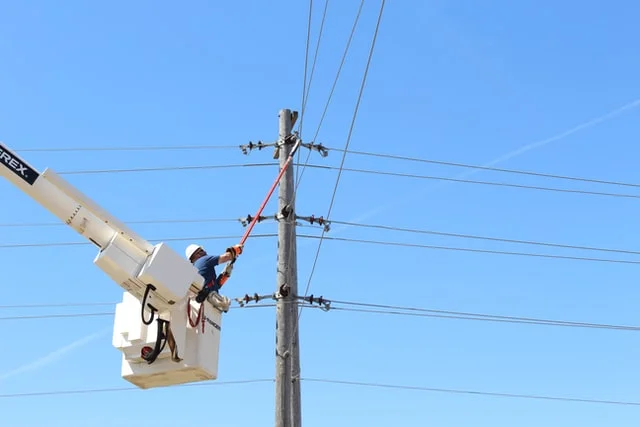
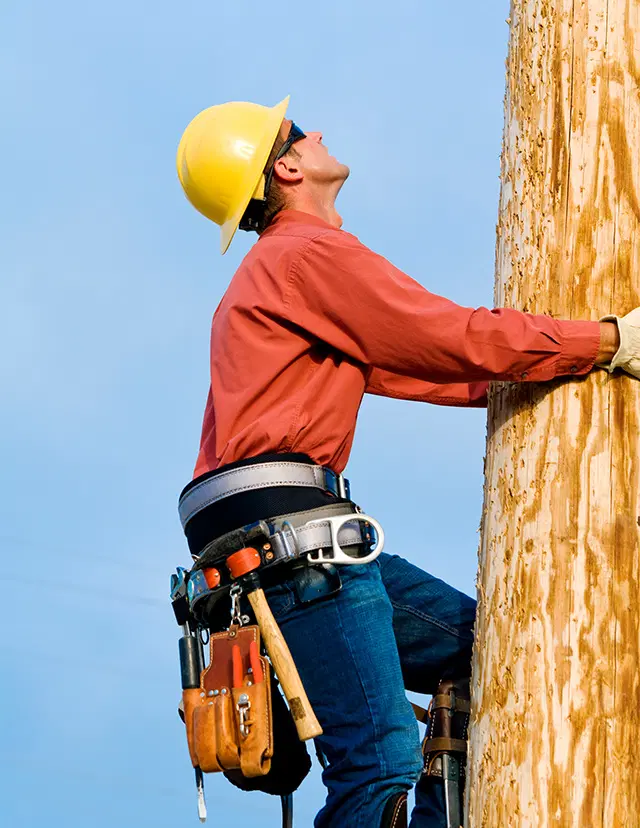
1. Proper Training is Non-Negotiable
One of OSHA’s primary requirements is ensuring that all aerial lift operators are adequately trained. Workers must understand how to operate the equipment safely, identify hazards, and respond to emergencies. Training should cover topics such as:
- Pre-operation inspections
- Proper use of fall protection equipment
- Recognizing and avoiding potential hazards like power lines and unstable surfaces
2. Conduct Pre-Operation Inspections
Before using an aerial lift, operators must perform a thorough inspection to ensure it is in good working condition. Key components to check include:
- Tires and wheels for damage
- Hydraulic systems for leaks
- Safety devices, such as brakes and emergency stop mechanisms
- Guardrails and fall arrest systems
Identifying and addressing potential issues during these checks can prevent equipment failure and accidents.
3. Use Fall Protection Equipment
OSHA mandates the use of fall protection systems while working on aerial lifts. Depending on the equipment, this may include:
- Harnesses tethered to an anchor point
- Guardrails to prevent falls
Workers must ensure that harnesses are properly fitted and that anchor points are secure before operating the lift.
4. Avoid Power Line Contact
Electrocution is one of the leading causes of fatalities involving aerial lifts. To prevent this:
- Maintain a safe distance of at least 10 feet from power lines.
- Use non-conductive materials for tools and equipment.
- De-energize power lines whenever possible.
Employers should also provide workers with training on recognizing electrical hazards.
5. Stabilize the Lift Before Use
Stability is crucial when operating aerial lifts. OSHA recommends:
- Using outriggers and stabilizers to prevent tipping.
- Placing the lift on level, firm ground.
- Avoiding overloading the platform beyond its weight capacity.
Failure to stabilize the lift properly can result in catastrophic accidents.
6. Operate Within Manufacturer Guidelines
Every aerial lift comes with a manufacturer’s manual that outlines safe operation practices. Operators should:
- Never exceed the lift’s weight limit.
- Avoid using the lift in high winds or adverse weather conditions.
- Refrain from modifying the lift without manufacturer approval.
Adhering to these guidelines ensures the equipment’s integrity and safety.
7. Secure Tools and Equipment
Loose tools and materials can become hazardous if they fall from an elevated platform. OSHA advises:
- Using tool belts or lanyards to secure equipment.
- Avoiding stacking materials on the platform edge.
- Keeping the workspace organized to minimize trip hazards.
8. Plan for Emergencies
Despite taking all precautions, emergencies can still occur. Employers should establish clear protocols for:
- Evacuating workers from a malfunctioning lift.
- Responding to accidents or injuries.
- Reporting incidents to OSHA.
Having a well-rehearsed emergency response plan can save lives in critical situations.
Resource Links
To further understand and comply with OSHA aerial lift safety standards, consider reviewing the following resources:
- OSHA Aerial Lifts Fact Sheet
- OSHA 1910.67 Standard – Vehicle-Mounted Elevating and Rotating Work Platforms
- ANSI/SAIA A92.2-2021 Standards
- Electrical Safety Standards on Amazon
Conclusion
Safety should never be an afterthought when operating aerial lifts. By following OSHA’s standards and implementing these key safety points, employers and workers can significantly reduce risks and create a safer workplace. Regular training, vigilant inspections, and adherence to best practices are the foundation of aerial lift safety.
Remember, workplace safety is a shared responsibility. Prioritize it today to prevent accidents and protect lives. For more detailed information, refer to OSHA’s guidelines and consult safety experts to ensure compliance and best practices.
